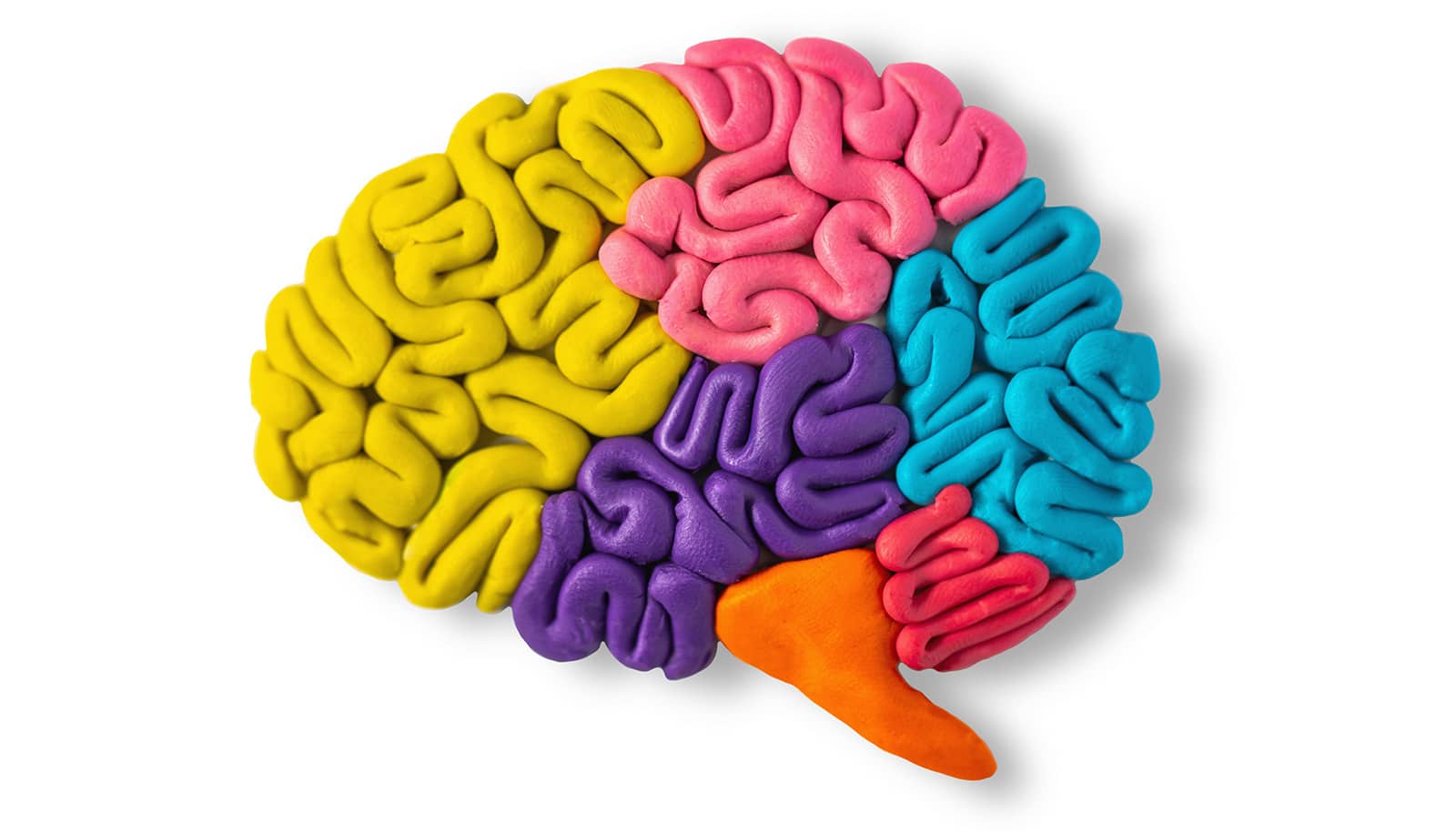A biomarker test that helps diagnose ALS can also help diagnose degenerative myelopathy in dogs, report researchers.
In 2009, researchers discovered a genetic link between amyotrophic lateral sclerosis (ALS), or Lou Gehrig’s disease, in people and degenerative myelopathy (DM) in dogs.
The neurodegenerative disease, an older adult onset disease than can eventually lead to paralysis, has been confirmed in more than 30 purebred dog breeds, including Pembroke Welsh corgis, German shepherds, and boxers, as well as mixed breed dogs. The current genetic test for DM can be useful to breeders and veterinarians in identifying risk for the disease; however, it has limitations when diagnosing DM.
“DM is a diagnosis of exclusion, meaning that veterinarians must rule out all other diseases that mimic it before coming to a final diagnosis,” says Joan Coates, a professor of veterinary medicine and surgery at the University of Missouri.
“This requires expensive diagnostic procedures such as MRIs of the spinal cord. Now that we know that DM and ALS are related, we are studying ways to diagnose and measure disease progression with similar diagnostic modalities used in ALS patients.”
Rare human lung disease found in dogs
ALS can be tested using phosphorylated neurofilament heavy proteins (pNF-H) that are released into spinal fluid and blood in people with the disease. These biomarkers are released during the degeneration of spinal tissues making them a good indicator that ALS is present.
Cerebrospinal fluid and blood samples were collected from DM-affected dogs, including dogs that had a confirmed diagnosis as well as dogs in early stages of the disease. pNF-H concentrations from those samples were compared to samples from age-matched normal dogs and dogs with mimicking diseases.
“We found a significant difference in the DM affected dogs,” Coates says. “pNF-H levels were increased in the cerebrospinal fluid of the DM-affected dogs relative to the control groups, indicating that the human ALS test could be used to diagnose DM. These results will enable us to ‘scale up’ the test to make it more accessible to veterinary community.”
Gene therapy treats muscular dystrophy in dogs
Collecting cerebrospinal fluid from patients is more complicated than a blood test, but is less expensive compared to an MRI to make a presumptive DM diagnosis, Coates says. Nonetheless, pNF-H may serve as a diagnostic tool for diagnosis of DM.
Coates is also conducting clinical trial research for treatment of DM. The goals of the therapies being tested is to slow the progression of neurologic signs of DM and improve quality of life for dogs.
Christine Toedebusch, a veterinary neurology resident and doctoral candidate, is lead author of the study in Journal of Veterinary Internal Medicine.
The therapies are in collaborations with other ALS researchers and funded by the ALS Association and National Institutes of Health.
Coates is seeking clinical trial participants to evaluate a treatment for canine DM. For more information, email her at coatesj@missouri.edu. The American Boxer Charitable Foundation and the American Kennel Club Canine Health Foundation funded the work.
Source: University of Missouri



